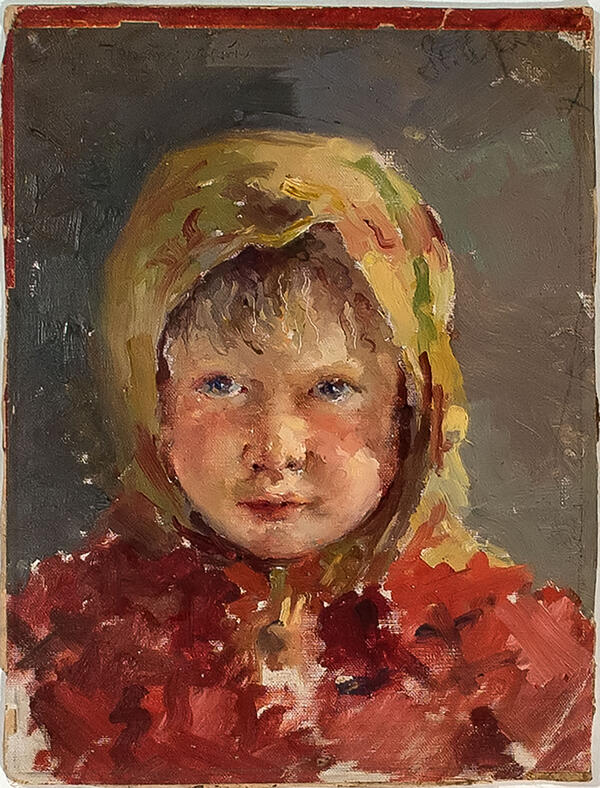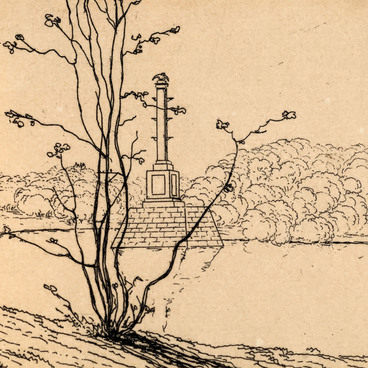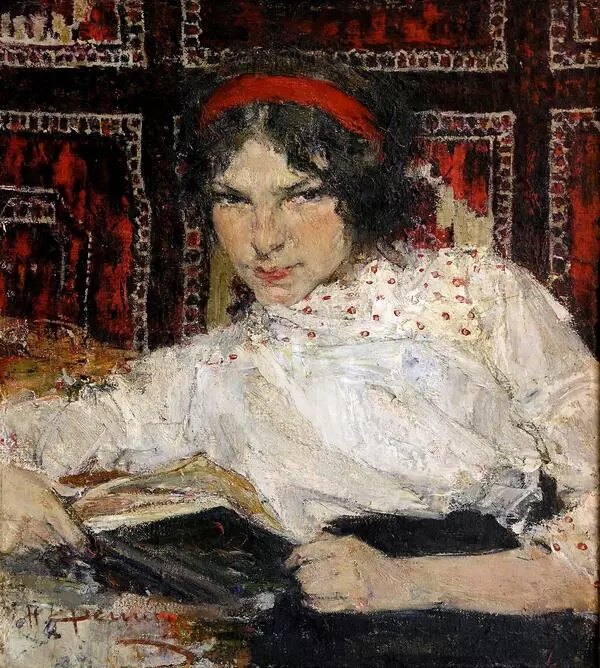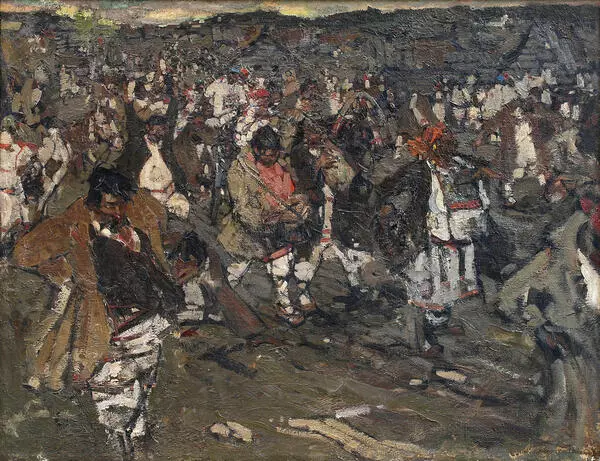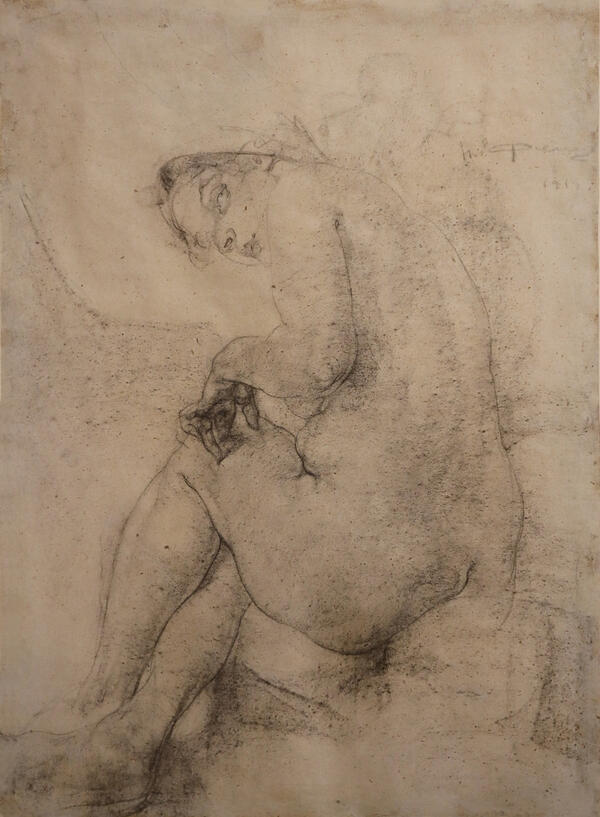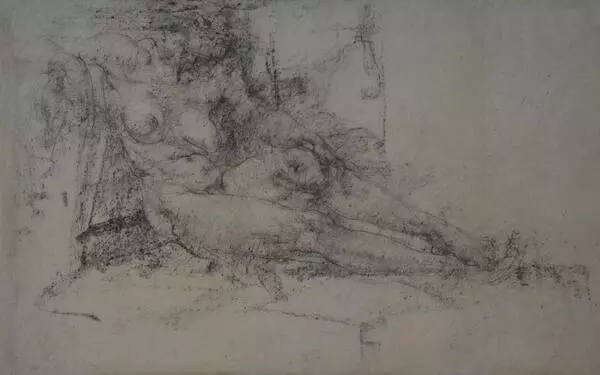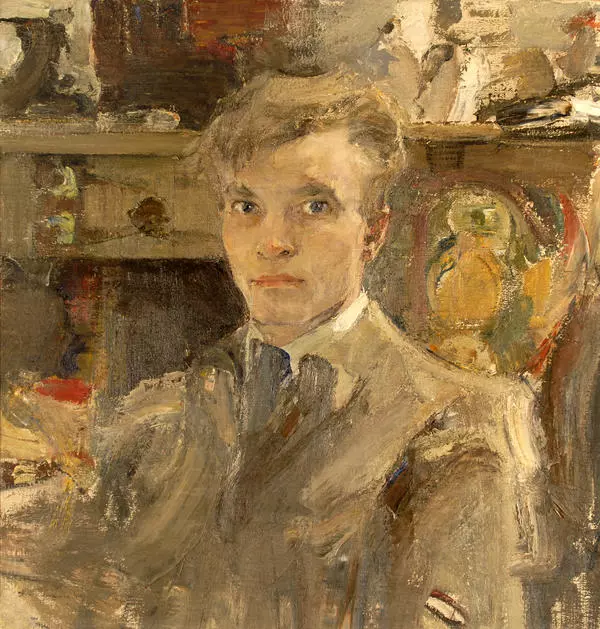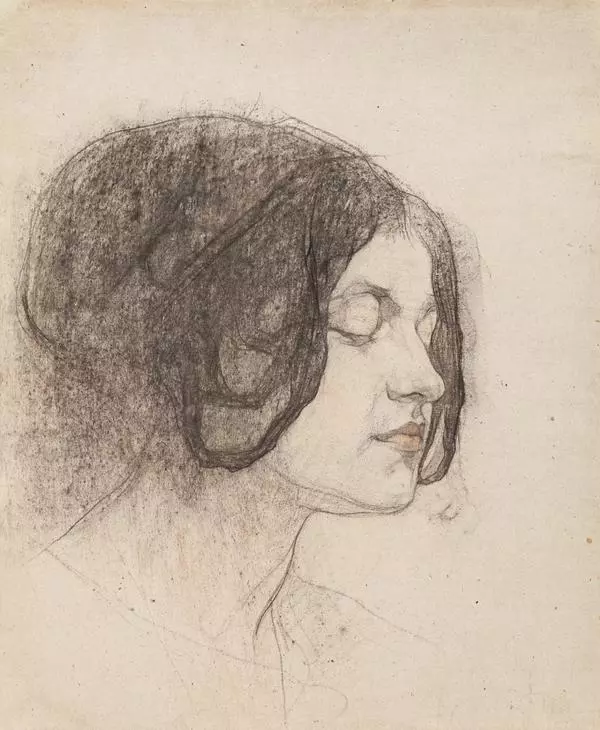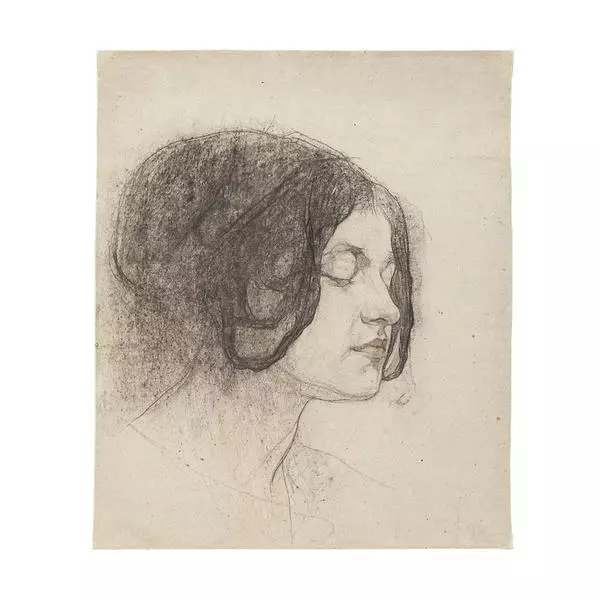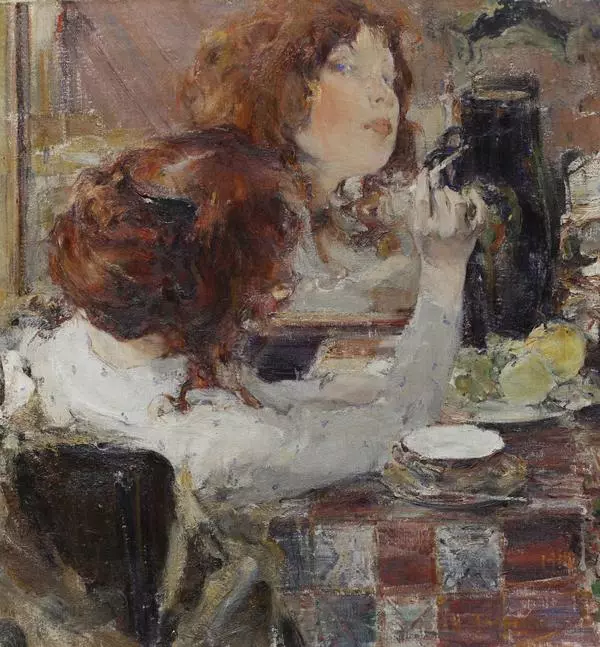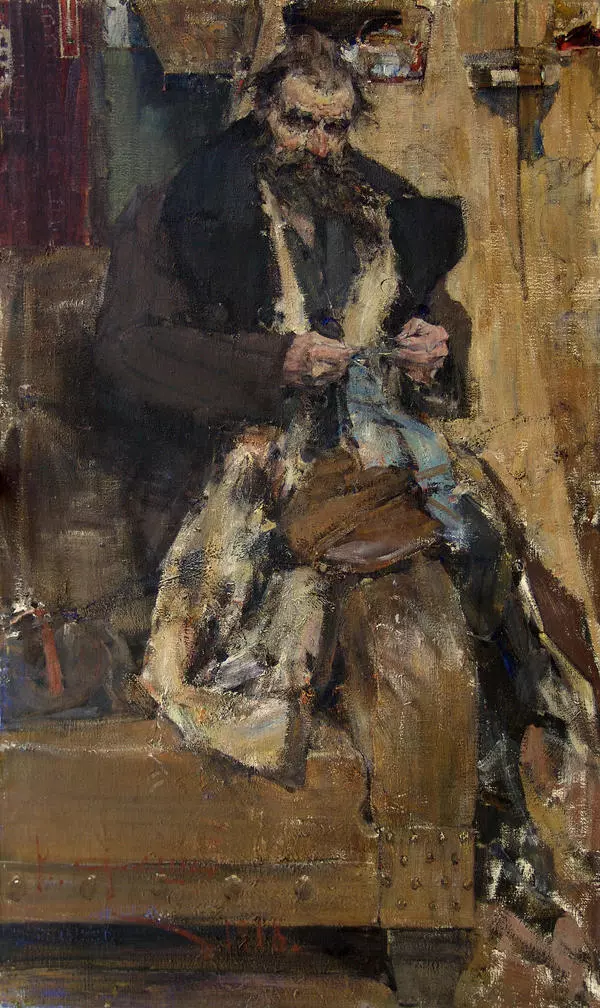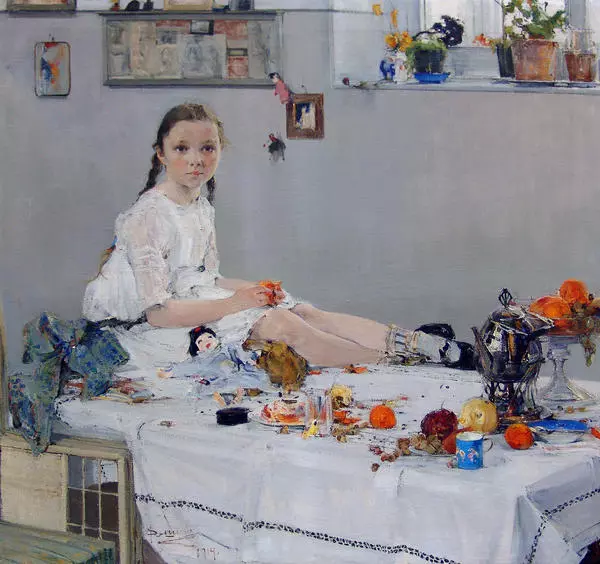The portrait was done by Nikolay Feshin, an artist who was born in Kazan and emigrated to America in the Soviet years. Feshin gained glory early on not only at home but abroad. In 1909 he received the Gold Medal at the Munich exhibition for the painting ‘A Lady in Purple’ and has since been permanently exhibited abroad.
Feshin graduated from Kazan Art School. Ksenia Boratynskaya, who studied with him, recalled: ‘Senior students come to see our works. They come down to us with an intent look to see our work. And the Feshin stops in front of my easel. Blood curdled in my veins. You look at him and you try to tell by the look on his face whether he approves it or not. But he indifferently goes on to look at the other drawing, without honoring me his opinion. You start to think “This means it”s bad” and melancholy crawls into the soul’.
In 1901-1909, Feshin studied at the Higher Art School of the Academy of Arts. He was a student of Ilya Repin and his follower. Although he worked in various genres, he was first and foremost a unique portrait artist.
After finishing his studies in Petersburg, Feshin returned to Kazan and began teaching at the Kazan Art School. After finishing his studies in Petersburg, Feshin returned to Kazan and began teaching at the Kazan Art School, following the Repin system of teaching - the method of visual display. Feshin worked in the workshop with his students, explaining everything very briefly. If the students didn’t understand it, the artist would pick up charcoal, pencil or brush and demonstrate the technique.
During this period, Feshin developed a close acquaintance with the Boratynskiy family. The artist was interested in the fate of the county Artisanal and Industrial Museum and art workshops, and organized exhibitions. In all of these activities, he was supported by Alexander Boratynskiy, grandson of the poet Yevgeny Boratynskiy a prominent county functionary of the Kazan governorate.
In addition, Feshin’s friend Alexander Fomin gave private painting lessons to Alek, lexander Boratynskiy’s son. Feshin often visited the Boratynskiy family home. It is known from the inscription on the canvas that he gave them the portrait of the peasant girl. Images of children are often found in his work. The portrait of the girl conveys the effect of lightness, and noble restraint of colour.
Feshin graduated from Kazan Art School. Ksenia Boratynskaya, who studied with him, recalled: ‘Senior students come to see our works. They come down to us with an intent look to see our work. And the Feshin stops in front of my easel. Blood curdled in my veins. You look at him and you try to tell by the look on his face whether he approves it or not. But he indifferently goes on to look at the other drawing, without honoring me his opinion. You start to think “This means it”s bad” and melancholy crawls into the soul’.
In 1901-1909, Feshin studied at the Higher Art School of the Academy of Arts. He was a student of Ilya Repin and his follower. Although he worked in various genres, he was first and foremost a unique portrait artist.
After finishing his studies in Petersburg, Feshin returned to Kazan and began teaching at the Kazan Art School. After finishing his studies in Petersburg, Feshin returned to Kazan and began teaching at the Kazan Art School, following the Repin system of teaching - the method of visual display. Feshin worked in the workshop with his students, explaining everything very briefly. If the students didn’t understand it, the artist would pick up charcoal, pencil or brush and demonstrate the technique.
During this period, Feshin developed a close acquaintance with the Boratynskiy family. The artist was interested in the fate of the county Artisanal and Industrial Museum and art workshops, and organized exhibitions. In all of these activities, he was supported by Alexander Boratynskiy, grandson of the poet Yevgeny Boratynskiy a prominent county functionary of the Kazan governorate.
In addition, Feshin’s friend Alexander Fomin gave private painting lessons to Alek, lexander Boratynskiy’s son. Feshin often visited the Boratynskiy family home. It is known from the inscription on the canvas that he gave them the portrait of the peasant girl. Images of children are often found in his work. The portrait of the girl conveys the effect of lightness, and noble restraint of colour.
In 1923, Feshin emigrated to the United States, where he also gained fame and popularity as one of the most prominent artists of the 20th century.

